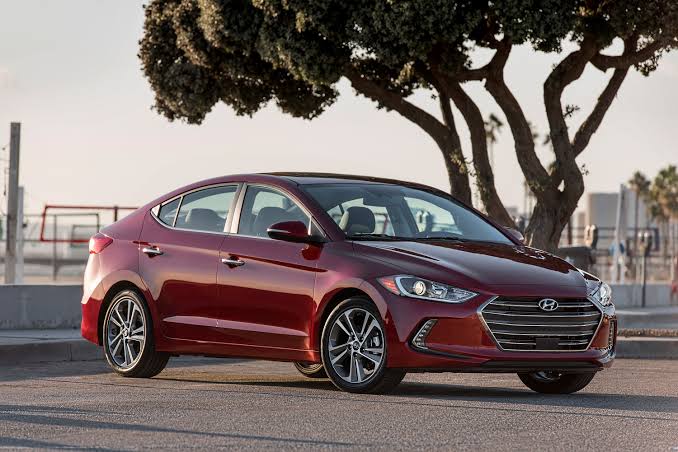Introduction
The battery in your Hyundai Elantra 2017 is a crucial component that provides the electrical power necessary to start the engine and operate various electrical systems in your vehicle. In this blog, we’ll take a closer look at the battery in the Hyundai Elantra 2017, including its specifications, maintenance tips, signs of a failing battery, and replacement guidelines.
Specifications of the Hyundai Elantra 2017 Battery
The Hyundai Elantra 2017 typically comes equipped with a 12-volt battery, which is a standard size for most modern vehicles. The specific battery size and type may vary depending on the trim level and optional features of your Elantra. It’s essential to consult your owner’s manual or contact a Hyundai dealership to ensure you select the correct replacement battery for your vehicle.
Maintenance Tips
To maximize the lifespan and performance of your Hyundai Elantra 2017 battery, consider the following maintenance tips:
- Regular Inspections: Periodically inspect the battery terminals for signs of corrosion or damage. Clean the terminals with a wire brush and a mixture of baking soda and water if necessary.
- Keep It Charged: If you frequently make short trips or let your vehicle sit idle for extended periods, consider using a battery maintainer or trickle charger to keep the battery charged.
- Check Fluid Levels: Some automotive batteries require maintenance of electrolyte levels. If your battery has removable caps, carefully check and top up the electrolyte with distilled water as needed.
- Protect from Extreme Temperatures: Extreme heat or cold can affect battery performance and lifespan. Whenever possible, park your Hyundai Elantra in a garage or shaded area to minimize exposure to temperature extremes.
Signs of a Failing Battery
Knowing the signs of a failing battery can help you address issues before they leave you stranded. Common indicators of a failing battery include:
- Slow Engine Crank: If the engine cranks slowly when starting, it may be due to a weak battery.
- Dashboard Warning Lights: Check for warning lights on the dashboard, such as the battery light or check engine light, which may indicate a problem with the battery or charging system.
- Dimming Lights: Dimming headlights or interior lights while the engine is running can be a sign of a failing battery.
- Corrosion or Damage: Visible corrosion or damage to the battery terminals or case may indicate an issue with the battery.
Battery Replacement
When it’s time to replace the battery in your Hyundai Elantra 2017, follow these general guidelines:
- Choose the Right Battery: Select a replacement battery that matches the specifications of your Elantra and meets your driving needs.
- Disconnect the Old Battery: Start by disconnecting the negative terminal (black) followed by the positive terminal (red). Remove any retaining hardware and lift out the old battery.
- Install the New Battery: Place the new battery in the battery tray and secure it with any retaining hardware. Connect the positive terminal first, followed by the negative terminal.
- Test and Verify: Once the new battery is installed, start the engine to ensure proper operation. Check for any warning lights or issues with electrical systems.
Conclusion
The battery in your Hyundai Elantra 2017 is a vital component that requires regular maintenance and occasional replacement to ensure reliable performance. By understanding its specifications, following maintenance tips, recognizing signs of a failing battery, and knowing how to replace it when necessary, you can keep your Elantra powered up and ready for the road ahead. If you’re unsure about performing battery maintenance or replacement yourself, don’t hesitate to seek assistance from a qualified mechanic or Hyundai dealership.
Share this content:



